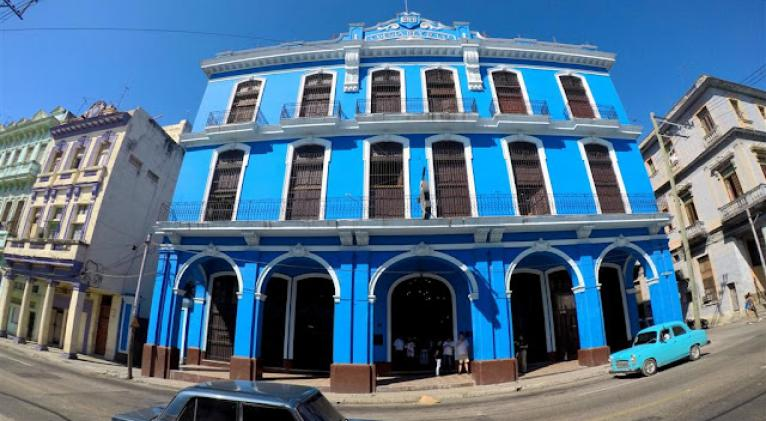
Cuba, February 27. - The historic factories where cigars are rolled are today the center of attention around the world due to the visits of thousands of people who come to discover their secrets.
Those attending the XXV Habano Festival (February 24-28) have in their program for this day, visiting the Partagás, H.Upmann, and Carlos Baliño industries, where they go in groups for a better exchange with managers and producers.
This is a common activity in these Festivals, since their beginning in 1999, because it is precisely the point prior to the release to the market of such a luxurious tobacco product.
Quality is the main concern of technicians and workers in the cigar factories on this island, stressed managers of this productive system.
Inside there is a lot to know, for example, the H.Upmann brand was created in the 19th century by two German brothers with the last name Upmann, who combined the H as best as possible so that their industry was named Upmann Brothers, in which case H.Upmann, remaining as the brand and plant name.
Since then it has had variations and from an establishment with 80 employees it reached at times up to a thousand. In 1944, when its centenary was completed, it moved to the premises on Amistad Street, and on November 3, 2003 it moved to another building, now on Belascoaín Street.
One of the first marketers of this brand was the British firm Hunter and Frakau, which still sells Cuban tobacco in the United Kingdom.
H.Upmann has a very direct link with the tobacco workers who went to work in Tampa, Key West (United States) during the Cuban colonial era and precisely from there they collaborated financially with the war against Spain.
It was in its galleys that the famous Cuban musician, now deceased, Francisco Repilado (Compay Segundo) worked as a cigar roller for 19 years.
La Corona, for its part, opened in 1903 as an industry on Zulueta Street number 106, the enormous plant in front of the old Presidential Palace, today the Museum of the Cuban Revolution, very close to the Havana seafront.
That factory moved from February 2005 to another location, better equipped, modern. It reopened its doors at 520 on 20 de Mayo Avenue in the capital municipality of Cerro.
The new Corona is designed for 515 cigar makers at the table, which means a monthly plan of 50 thousand cigars, or one million pieces per month (12 million cigars per year), according to estimates for 100% operations.
Another brand and factory worth mentioning is Partagás, which appeared in 1845 in the building behind the Capitol in Havana, although today it also operates in a building in Centro Habana.
Factories, productivity, and history go hand in hand in premises that recall a tradition and current industrialization. (Text and Photo: Cubasi)